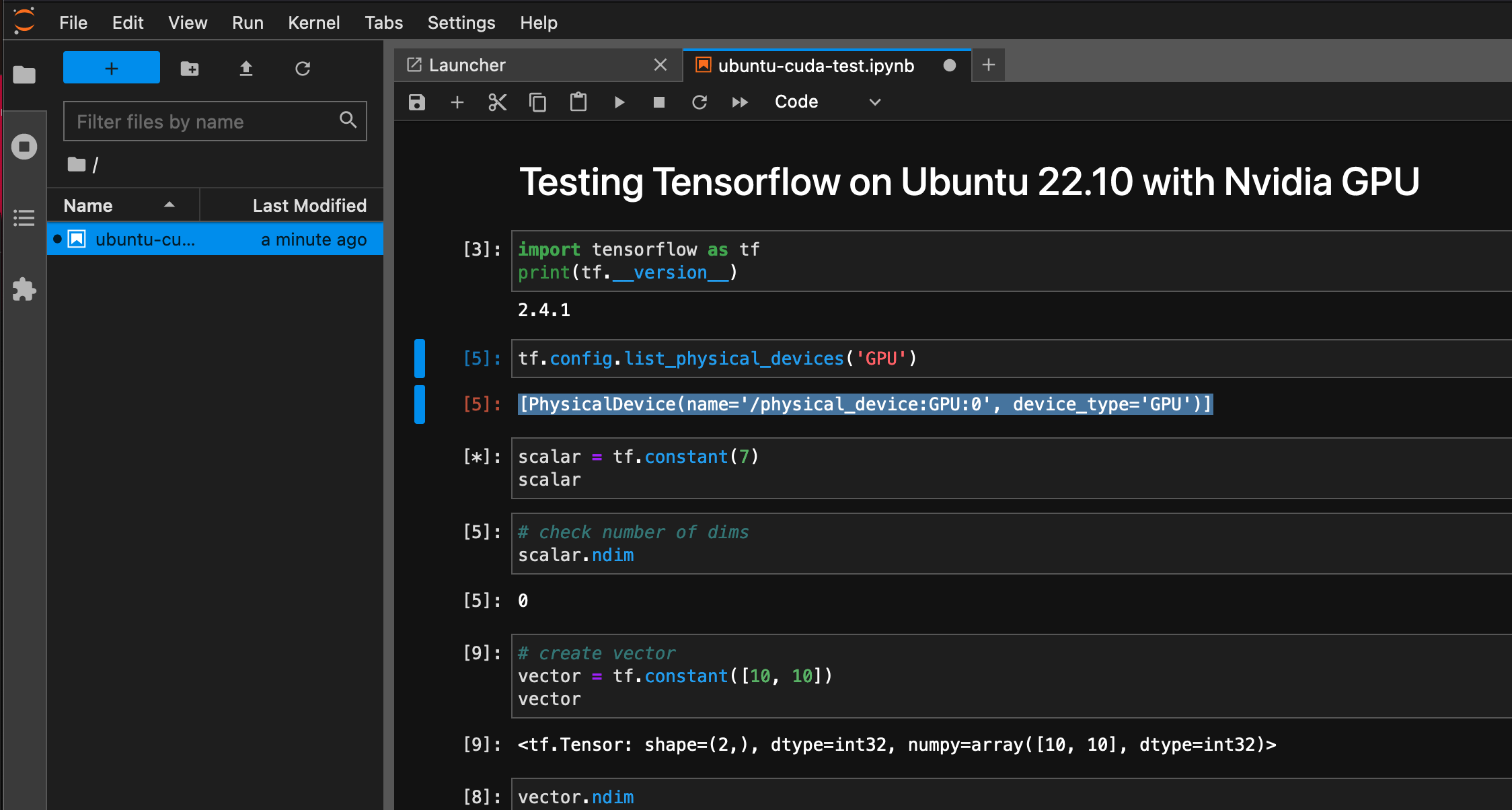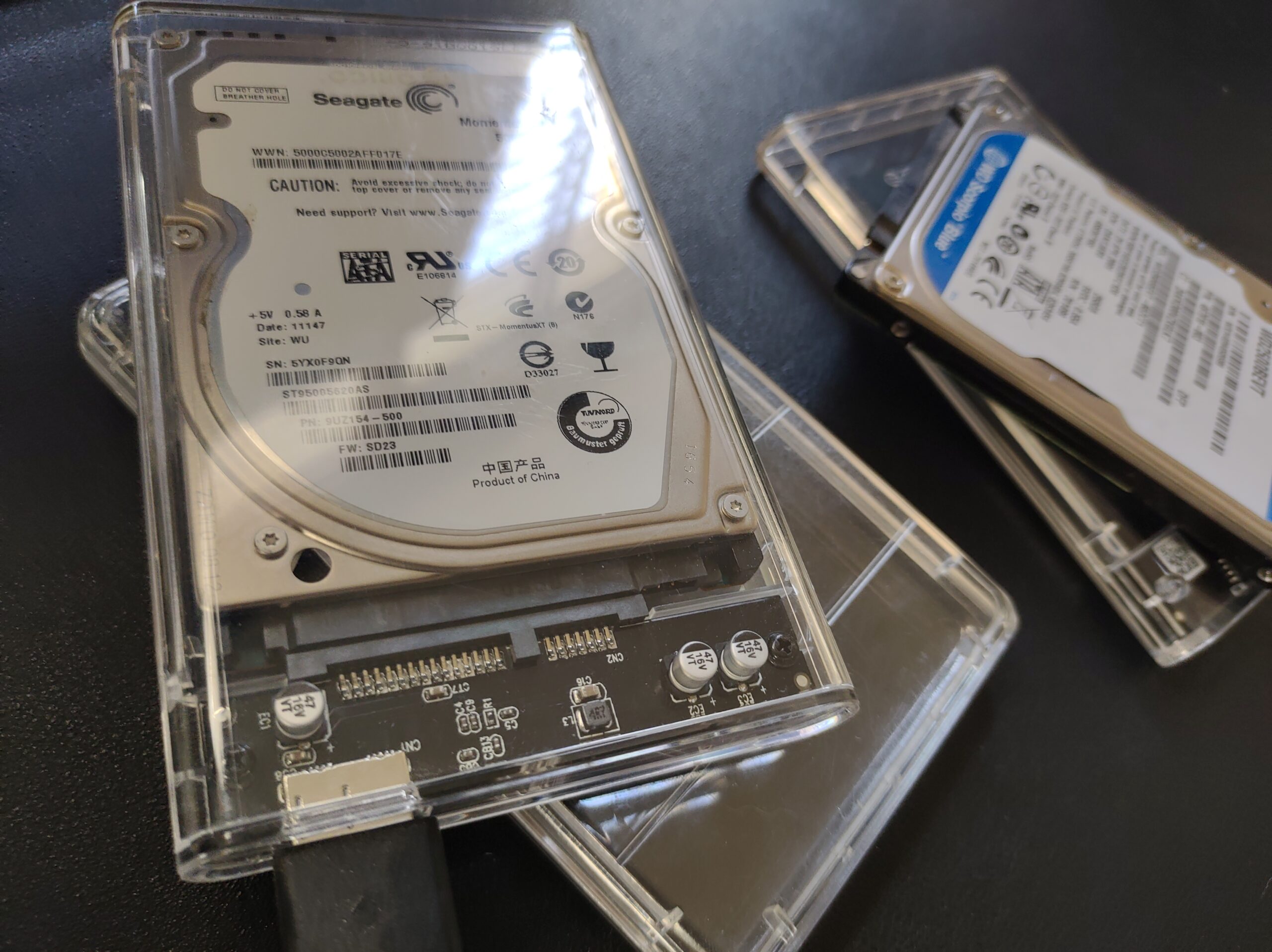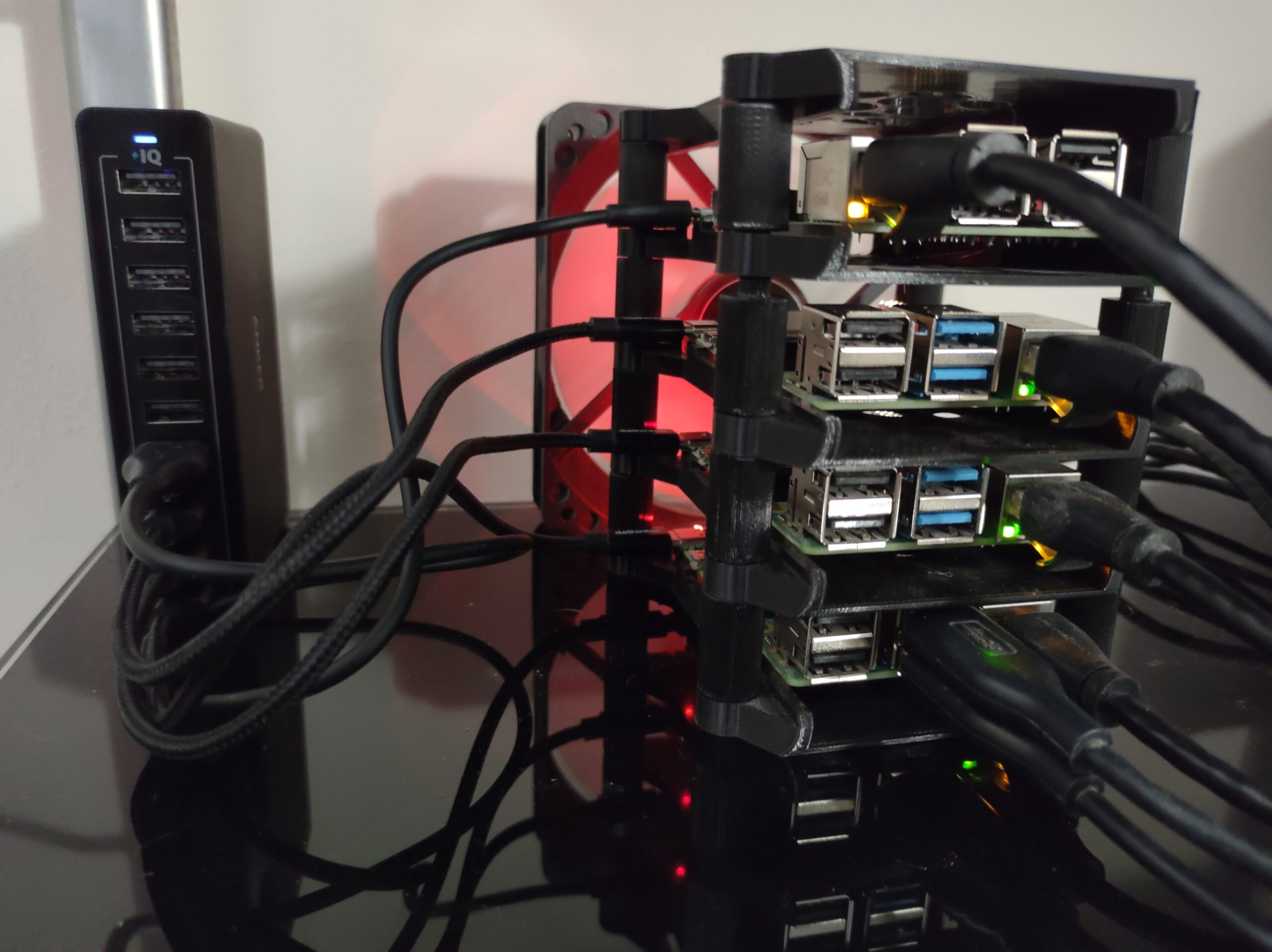
Installing Tensorflow for Nvidia GPU with CUDA and all on Ubuntu 22.10
Written by
on
After none of the instructions on how to setup Tensorflow on Ubuntu 22.x worked for me I created the setup below. It is based on some instructions that I had…

Deploy a Samba (SMB) Fileserver on your K3s/Kubernetes Cluster
Written by
on
So, you have successfully setup your home K3s/Kubernetes cluster. And it is time to deploy some useful applications on the cluster? How about a file server for your home network?…

Setup K3s/Kubernetes Cluster with Ubuntu 20.04 on Raspberry Pi 4s
Written by
on
/## Install K3s Install the server version of Ubuntu on each Raspberry and assign a different hostname to each. In case you local router (wifi router etc.) does not resolve…